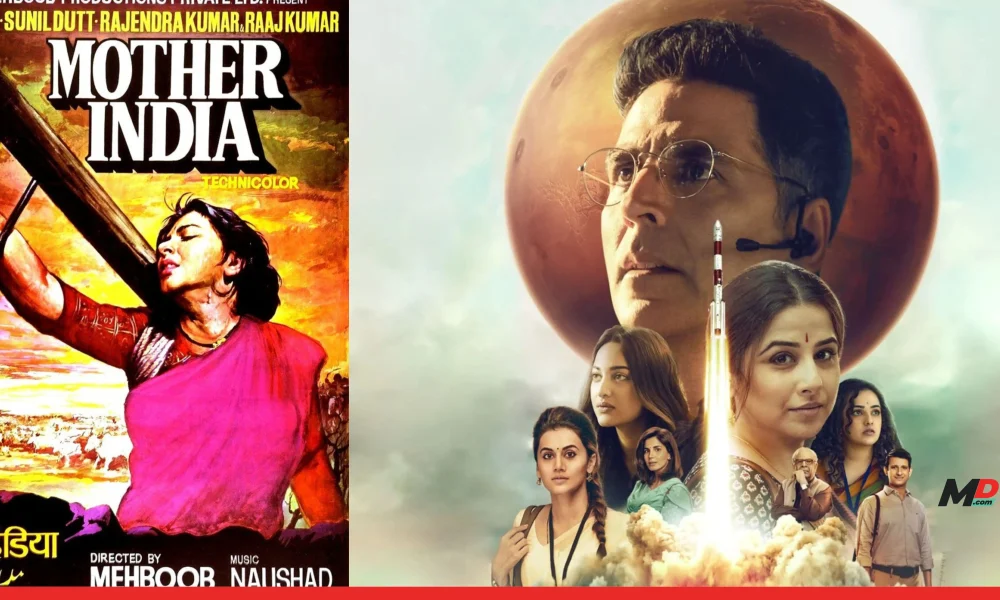India, known by many names like Bharat, India, Hindustan which has a rich history that has been beautifully captured by its cinema. From the iconic line “Bharat Ki Baat Sunata Hun” to the modern-day triumphs of “Mission Mangal,” Bollywood has chronicled the nation’s growth and cultural evolution. As we celebrate the 77th anniversary of India’s Independence tomorrow, let’s take a moment to explore the remarkable journey of Indian cinema and its role in telling the story of our nation.
Bollywood, India’s iconic Hindi film industry, stands as one of the largest and most prolific in the world, with an annual output of approximately 1,000 films. Over the decades, this industry has woven a rich tapestry of stories that span across genres like comedy, romance, thriller, horror, and drama, reflecting the diverse essence of Indian life.
A nation’s cinema mirrors its culture, traditions, values, and societal issues, and Indian films have consistently captured the essence of Indian society throughout history. From the pre-independence period to the present day, generations of filmmakers, actors, directors, composers, writers, and technicians have shaped and reshaped the narrative of Indian cinema, contributing to its evolution.
In the past 77 years, Indian cinema has undergone a remarkable transformation, evolving in themes, content, style, and global reach. Today, Bollywood stands tall on the world stage, carving out a distinct identity that resonates internationally and competes with Western cinema on multiple fronts.
Bollywood as we know it today began to take shape around the time of India’s independence in 1947. The industry witnessed unprecedented growth during this period, with a noticeable shift in thematic focus. Films with strong social messages started to take center stage, addressing issues like dowry, polygamy, and other prevalent social ills, pushing historical and mythological narratives to the background.
As time progressed, Indian cinema evolved in its representation and production techniques. The filmmaking process in the 1940s was vastly different from that of the 21st century. The late 1940s to the late 1960s, often referred to as the Golden Era of Hindi Cinema, gave us timeless classics with unforgettable music that continues to resonate with audiences today.
From the late 1960s to the early 1980s, Bollywood saw the rise of romantic and action films. Violence became a recurring theme, and villains often portrayed as underground mafias became central figures. This era also introduced the concept of the “angry young man,” a brooding hero who would defeat villains with his fists and ultimately win the heroine’s heart, a theme that dominated many films of that period.
The late 1980s to the early 2000s marked an era of diverse content. While romance continued to charm audiences, epic comedies also became a significant draw. It was during this period that Bollywood began to embrace international locations for shooting, and the first Indian sci-fi hit, Mr. India, was released, further expanding the industry’s creative horizons.
The ongoing evolution in Bollywood reflects a shift in audience preferences and societal attitudes. In recent decades, the industry has become more professionalized, with a growing emphasis on box office performance. This commercial focus drives filmmakers to explore themes that resonate with contemporary audiences, ensuring the continued relevance and success of Indian cinema both at home and abroad.

